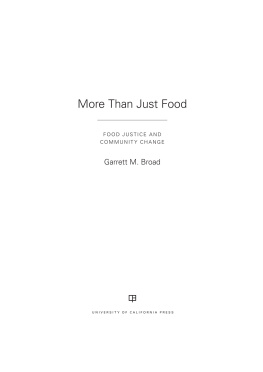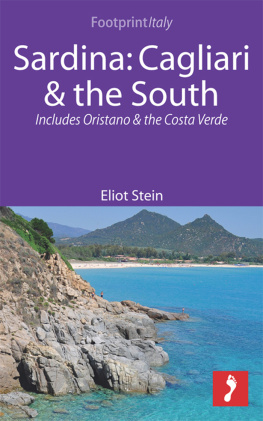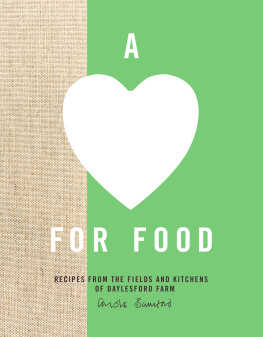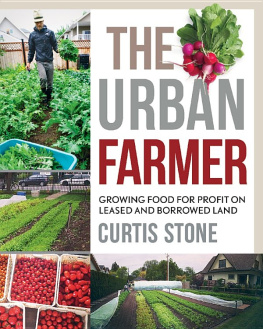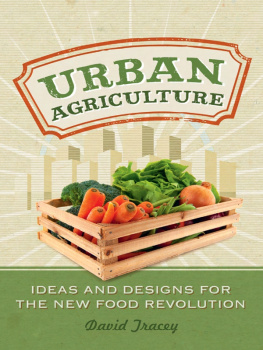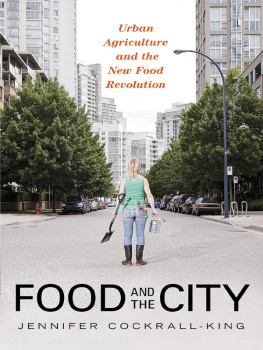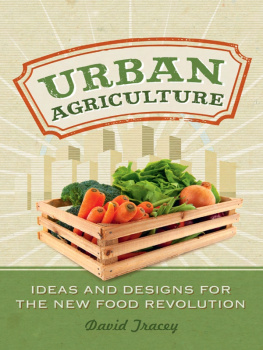PREFACE
Little did I realize in 1990 when I published Fieldwork in Sardinia: A Professional and Personal Odyssey that twenty-eight years later the odyssey would continue, and I would be writing a book about fieldwork on food activism in Sardinia. It all started in 1968 when I was a study-abroad student at Stanford-in-Italy in Florence. Like so many foreigners, I was enchanted by that beautiful city, and I returned after college graduation in 1970 to live and work there for three years, traveling all over the country and making my first visit to Sardinia in spring of 1972. I was struck by the islands beauty and the peoples vibrancy, and I returned several timesfascinated by the persistence of agro-pastoral village life that contrasted sharply with the urban rush of Florence. Filled with curiosity about what made Sardinians tick, I entered graduate school in anthropology at the University of Massachusetts in January 1974.
Supported by the University of Massachusetts European Field Studies program, I did my first pilot research in Cagliari in 1976 and met many scholars at the university there who became lifelong colleagues, especially Giovanna Caltagirone and Gabriella Da Re, whom I thank deeply for years of generosity and friendship. I pondered a research topic that would be meaningful both to me and to Sardinians. One day I had the classic Eureka momentfood! Since people talk about food all the time everywhere in Italy, I decided that food and culture would be a perfect focus for my dissertation. I did sixteen months of ethnographic research in Bosa, Sardinia, in 1978/9, and completed my doctoral dissertation on Food Culture and Political Economy: Changing Lifestyles in the Sardinian Town of Bosa in 1981.
In the early 1980s, I returned to Florence to do an ethnographic study of food, family, and gender based on food-centered life histories, which came out as Around the Tuscan Table in 2004. In the meantime, I was busy teaching at Millersville University, and I published a collection of my essays entitled The Anthropology of Food and Body: Gender, Meaning and Power in 1999. That title encapsulated my lifelong research interests. From 1996 to 2006, I carried out fieldwork with my husband, anthropologist Jim Taggart, in the Hispanic town of Antonito in the San Luis Valley of Colorado. Jims book on that research, Alex and the Hobo, came out in 2004, and mine, A Tortilla is Like Life, in 2009.
My research focused consistently on food and culture throughout the years and connected me with Steven Kaplan, a historian at Cornell University, who invited me to join him and several French scholars in launching the interdisciplinary journal Food and Foodways, which published its first issue in 1985 with myself as one of the assistant editors. That collaboration has persisted to this day, and in 2002 I became editor-in-chief. In the early years, a young French historian of China, Franoise Sabban, was also an assistant editor, and we became friends. She went on to join the editorial board of Slow, the Magazine of the International Slow Food Movement, a beautiful and engaging popular distillation of key issues in food, culture, and politics, published in six languages. Renowned food historian Alberto Capatti was editor-in-chief. When he asked Franoise Sabban for contacts in the USA to help extend Slows presence there, she suggested me, and I happily joined the editorial board in 2003 and stayed until the magazine ceased publication in 2008.
Getting to know Alberto Capatti was fortuitous because he was one of the leading organizers (along with Carlo Petrini, president of Slow Food) and the first provost of the new Italian University of Gastronomic Sciences, the Universit di Scienze Gastronomiche (UNISG) founded in 2004, which aimed to educate about ecogastronomyall aspects of food from molecules to taste to sustainability. Professor Capatti invited me to teach an annual short course on the anthropology of food in the international masters program, which I did with great pleasure every year from 2005 until 2016. I was privileged to get to know many inspiring students and colleagues there, including Antonella Campanini, Alberto Capatti, Alessandra Castelli, Simone Cinotto, Paolo Corvo, Paolo Ferrarini, Michele Fino, Michele Fontefrancesco, Roberta Giovine, Piercarlo Grimaldi, Claudio Malagoli, Paola Migliorini, Beatrice Morandina, Gabriella Morini, Ann Noble, Nicola Perullo, Carlo Petrini, Andrea Pieroni, Colin Sage, Cinzia Scaffidi, Peter Scholliers, David Szanto, and Luisa Torri.
Food was central to my twenty-five years of teaching at Millersville University (19872012), especially in my courses Food and Culture and World Hunger and Sustainability. At the same time that I was getting involved with UNISG in Italy, I noticed a growing interest among my American students in food politics. These threads came together to stimulate my interest in studying food activism, which I began when I was invited to be a visiting professor at UNISG for spring semester 2009. I studied the grassroots activism of Slow Food, an international organization founded and headquartered in Italy promoting good, clean and fair food, through interviews and observations at several Slow Food chapters in diverse Italian regions, including three in Sardinia. In 2011, Professor Gabriella Da Re invited me to be visiting professor at the University of Cagliari, and I studied ethnographically the Cagliari alternative food sector. I returned to Cagliari for several weeks in 2013 and 2015, invited by Professor Benedetto Meloni, to continue this research, and in 2016 to brainstorm our related projects with his research group on Food and Territory. All that led to this book.
To all the people mentioned above who helped me along the way, I am truly grateful. In Cagliari, I thank all the passionate food advocates whose work forms the heart of this book and without whose cooperation it would not existgrazie mille! Thanks also to Cagliari colleagues Giulio Angioni, Marinella Angioni, Francesco Bachis, Gianfranco Bottazzi, Benedetto Caltagirone, Ester Cois, Aide Esu, Domenica Farinella, Alessandra Guigoni, Franco Lai, Marco Pitzalis, Filippo Zerilli, and to Giannetta Murru Corriga, who hosted Jim and me twice in her familys vacant apartment. Thanks to the visiting professor programs at the Universities of Cagliari and Sassari for sponsoring my visits.
Many colleagues have contributed to my thinking, and I thank them for their friendship and insights, especially Meredith E. Abarca, Rachel Black, Susanne Hjlund, Alice Julier, Fabio Parasecoli, Penny Van Esterik, and Psyche Williams-Forson.


